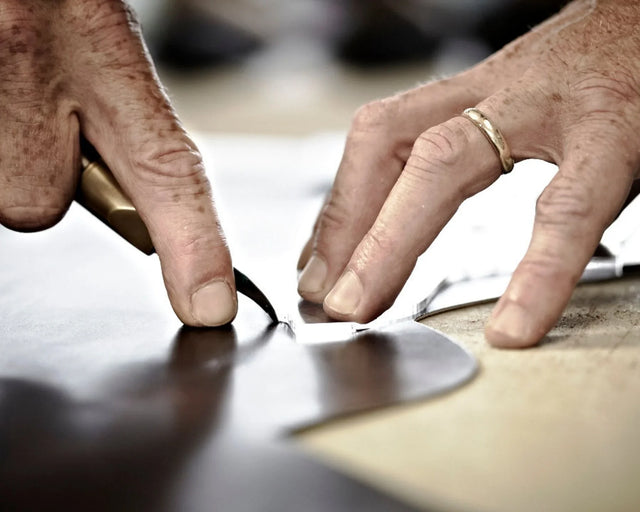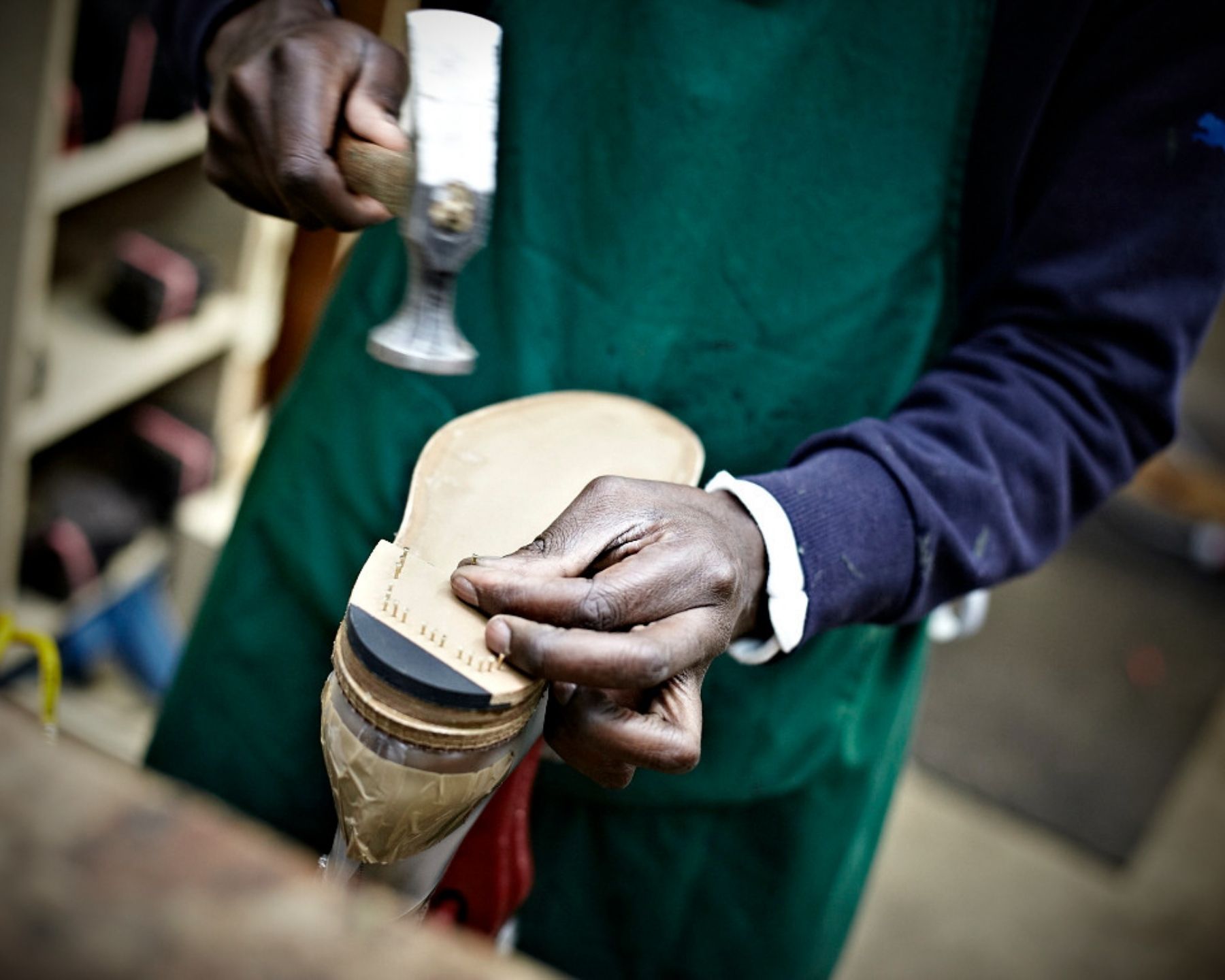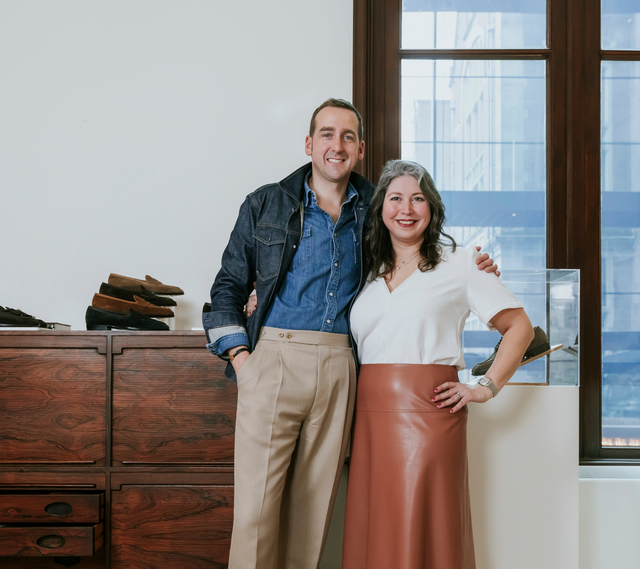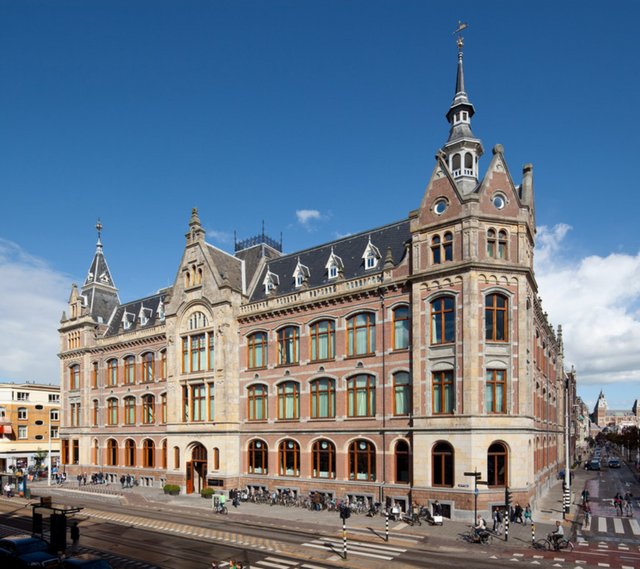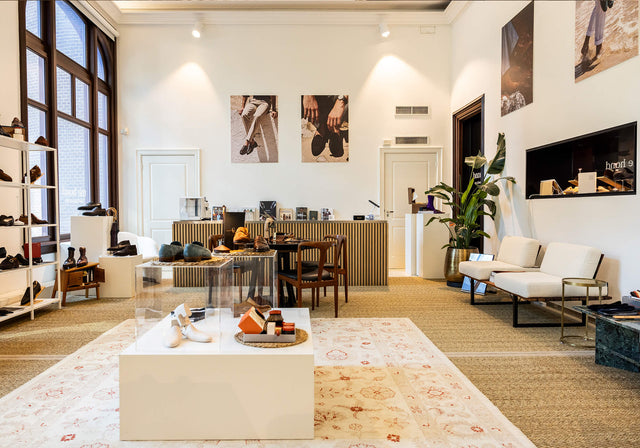How are my shoes made?
How are my shoes made?
Why does it take several months (at least!) until your Made-to-Order shoe is ready? What distinguishes artisanal shoemaking from larger-scale production? This blog explains how your shoes are made step-by-step
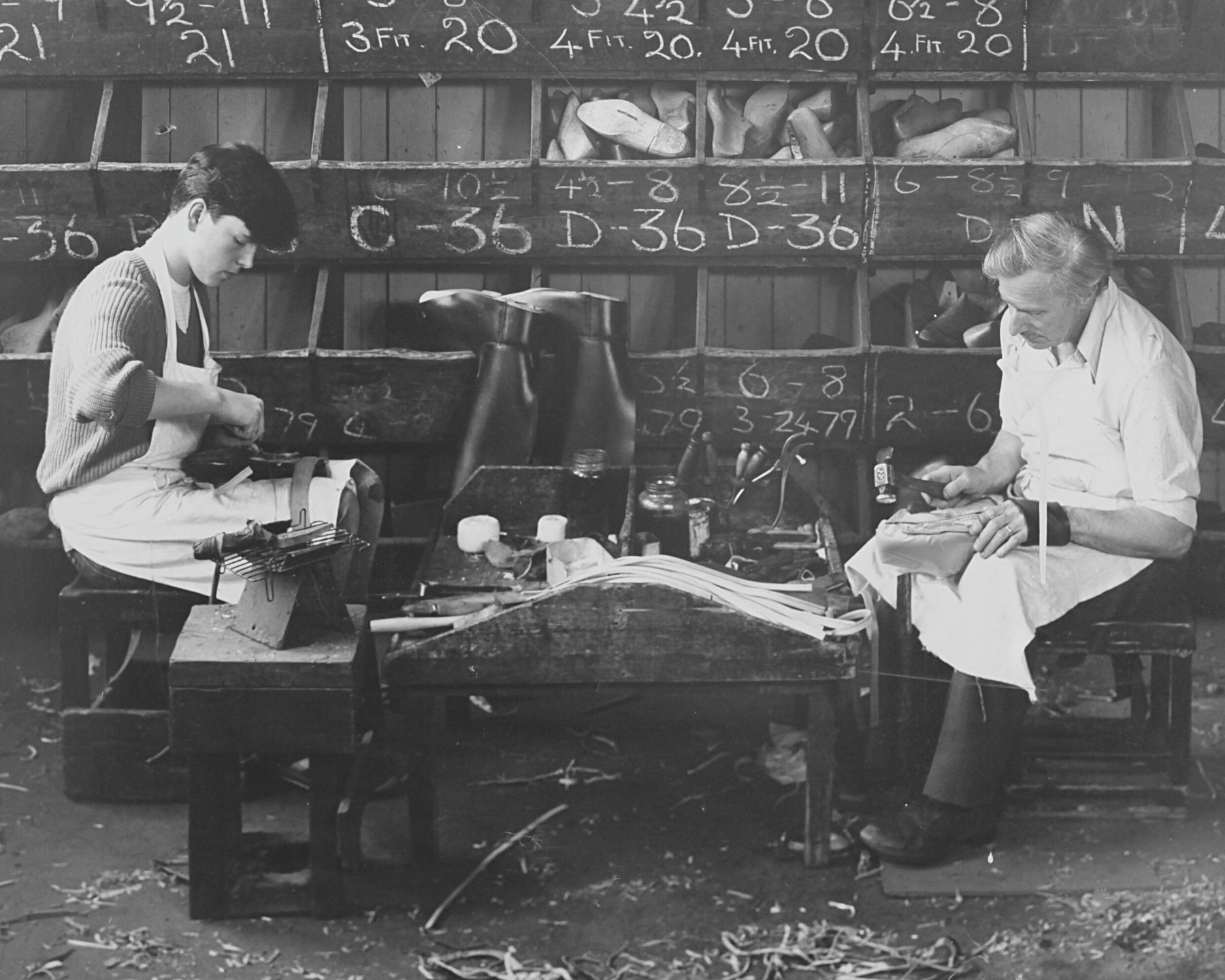
Clicking
Clicking is the first step of the shoemaking process; it means cutting the leather. It is called clicking because the knife clicks when the shoemaker removes it from the leather. A clicker's primary responsibility is to select the best pieces of leather for your shoes.
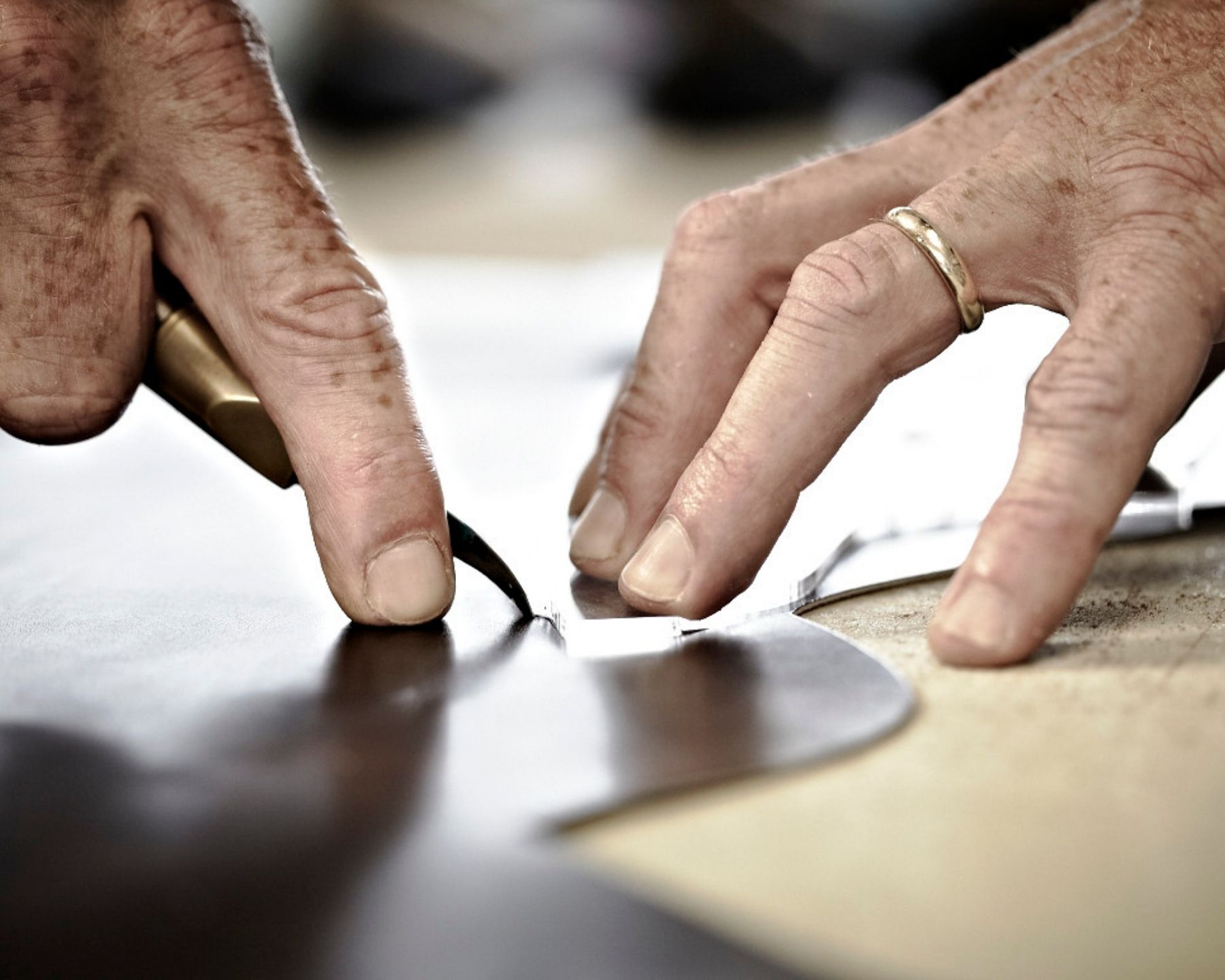
Hand sewing
For shoes with hand-sewn details, such as Dover's, a specialist sews the upper. In this blog, we introduce Nathan Peach, a talented young hand sewer working at Edward Green. He tells us about training with his father, his unique skillset no machine can replace, and his favorite shoes.
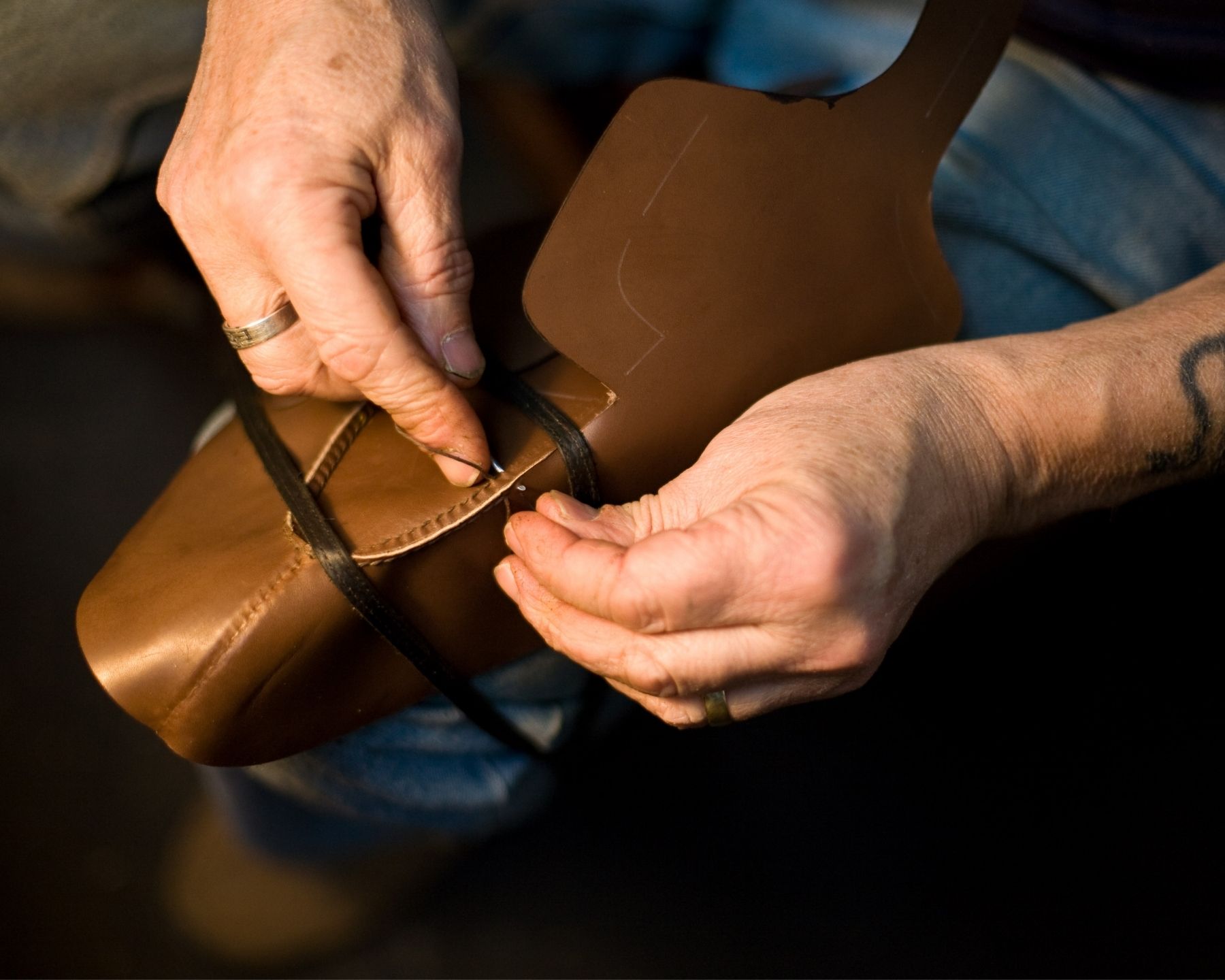
Closing
In the closing phase, the shoemaker brings together different leather pieces to form the upper of your shoes. And the eyelets are prepared for the laces. Artisans in the closing room need to have excellent hand and eye coordination, to be able to perform this seamlessly.
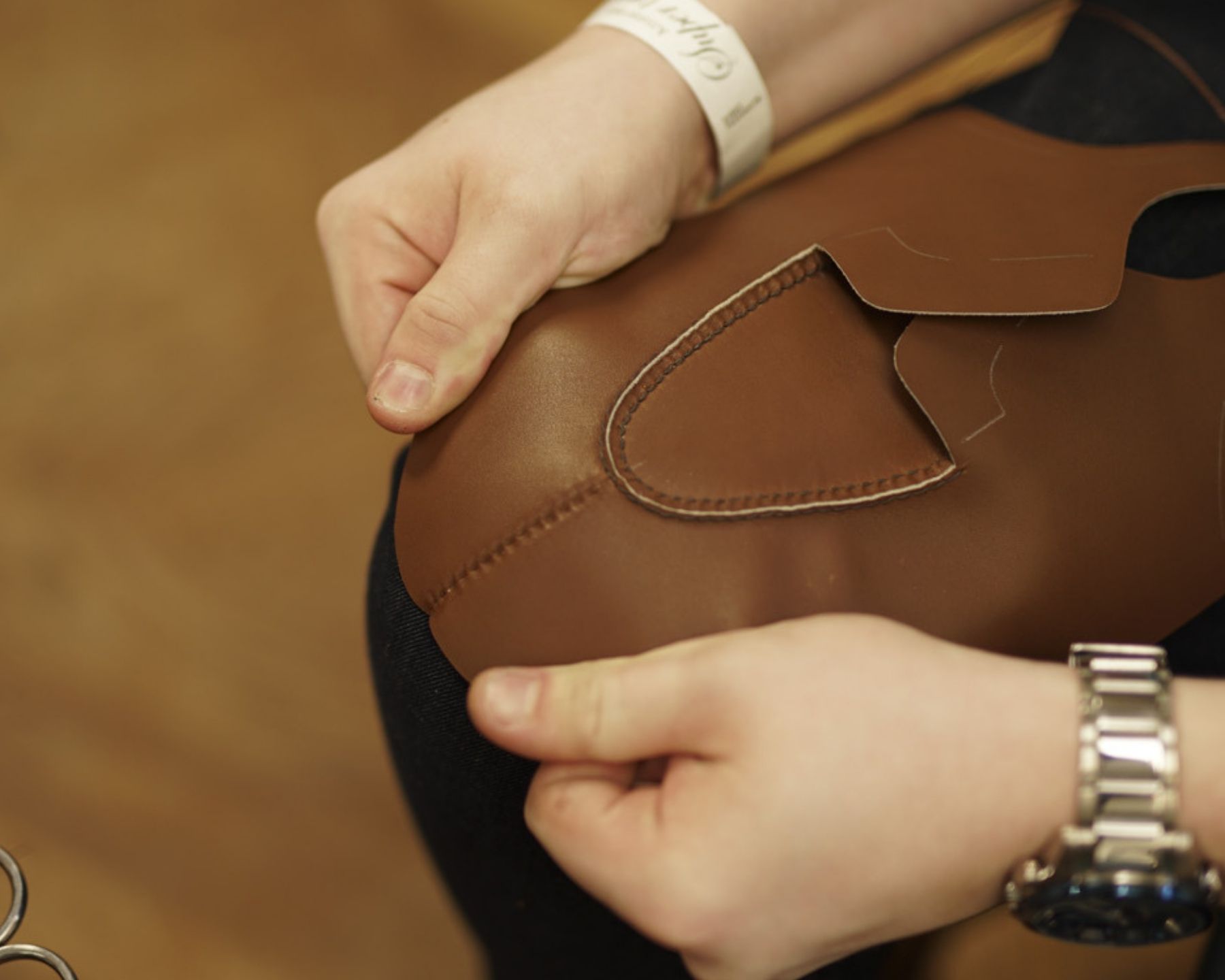
Lasting
Lasting is where the shoe gets its shape, where it becomes three-dimensional. The leather is humidified, pulled over the last, and fixated to take the form of the shoe. Depending on the maker, the leather can stay on the last for weeks.
Lasts are the fundament of any shoe, and top-end or bespoke shoemakers distinguish themselves with their signature lasts. It is more complex to craft a shoe on a sophisticated last, as it is more challenging to pull the last out without tearing the leather. With the right last and lasting method, the shoe gives you solid support.
Larger-scale productions use rounder lasts, which are easier to remove. Consequently, they can never achieve the precise fit that is the standard for a bespoke shoemaker.
Welting
In the welting phase, the artisan connects the upper and the sole with a Goodyear welt. The welt is essentially a strip of leather that is attached to the insoles. The soles are stitched to the welt and not directly to the upper. As a result, your shoemaker can repair the soles of your shoes without affecting the upper. This makes Goodyear welted shoes a sustainable choice.
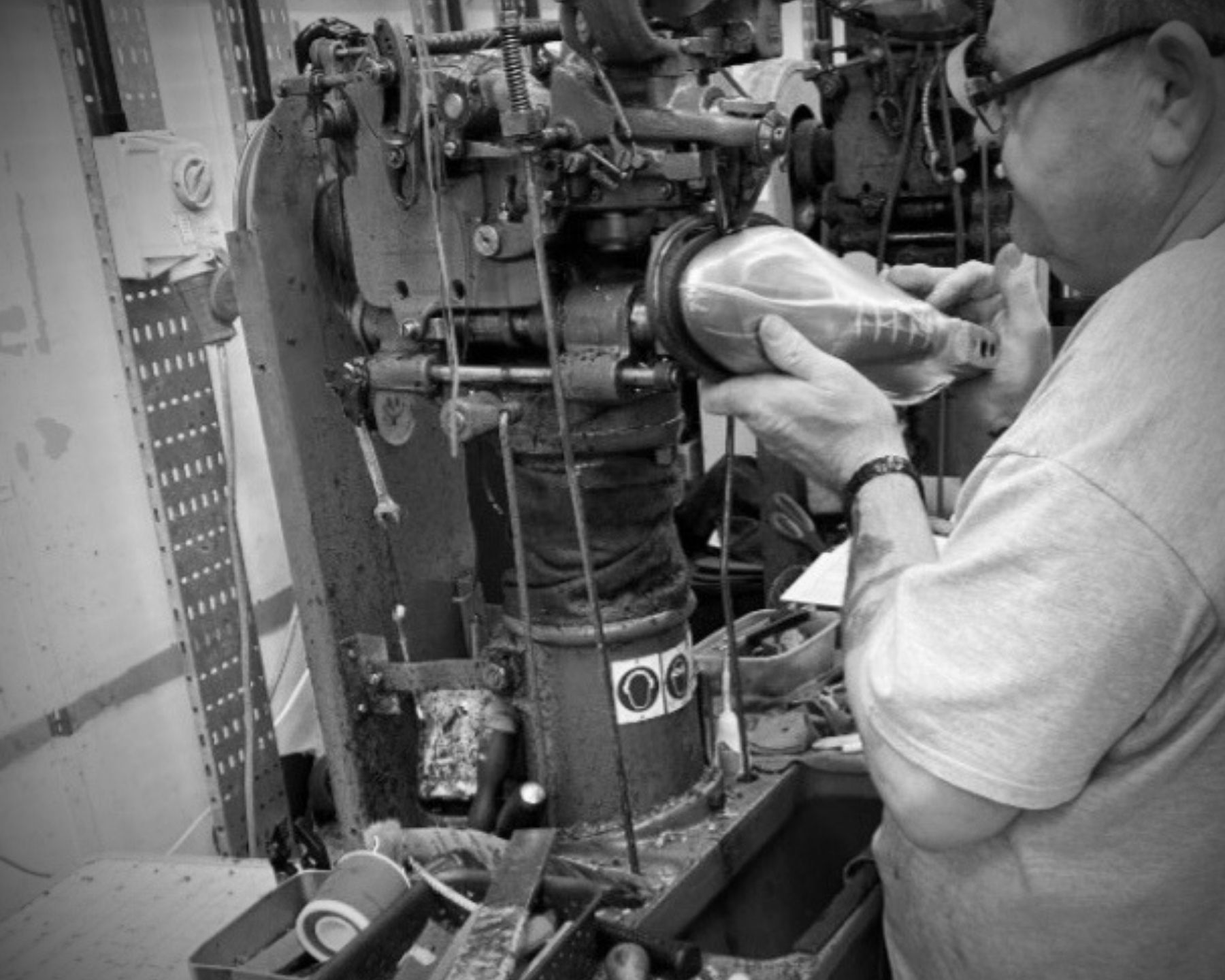
Finishing
The final shoemaking phase is finishing. Whether you have chosen antiquing, burnishing, or "regular" polish finish, a specialized finisher polishes the aniline (i.e., pre-died) leather to perfection. As this is done by hand, slight color variations are the standard, and all pairs are unique.
.jpg)



